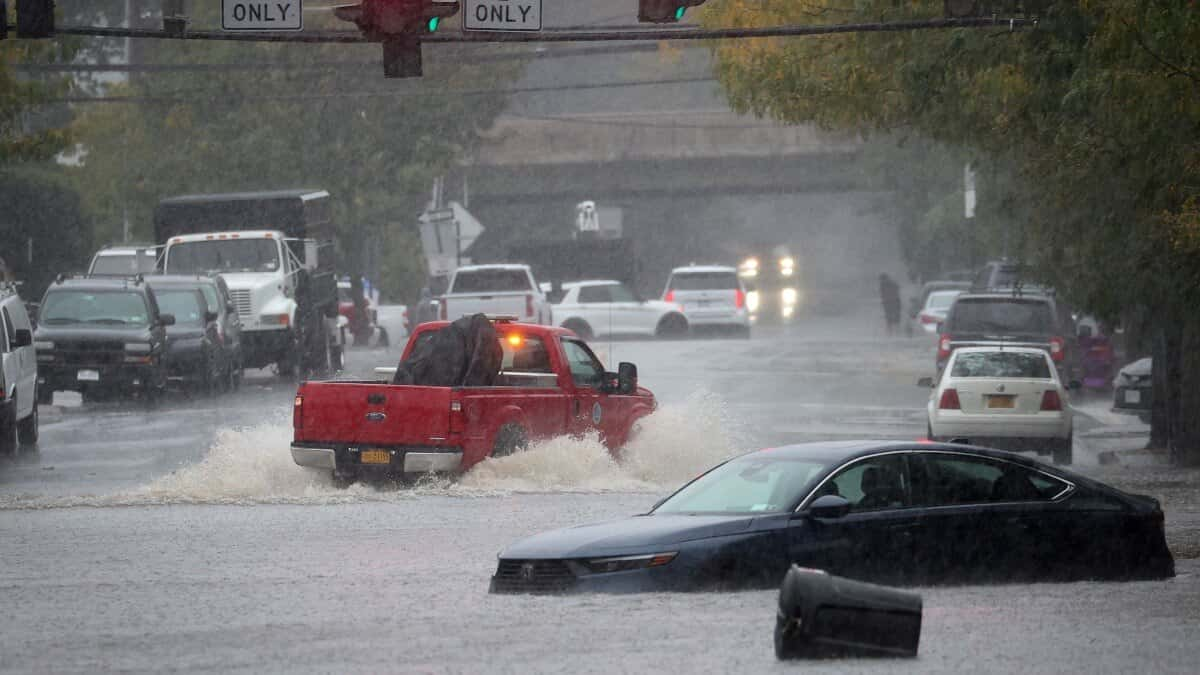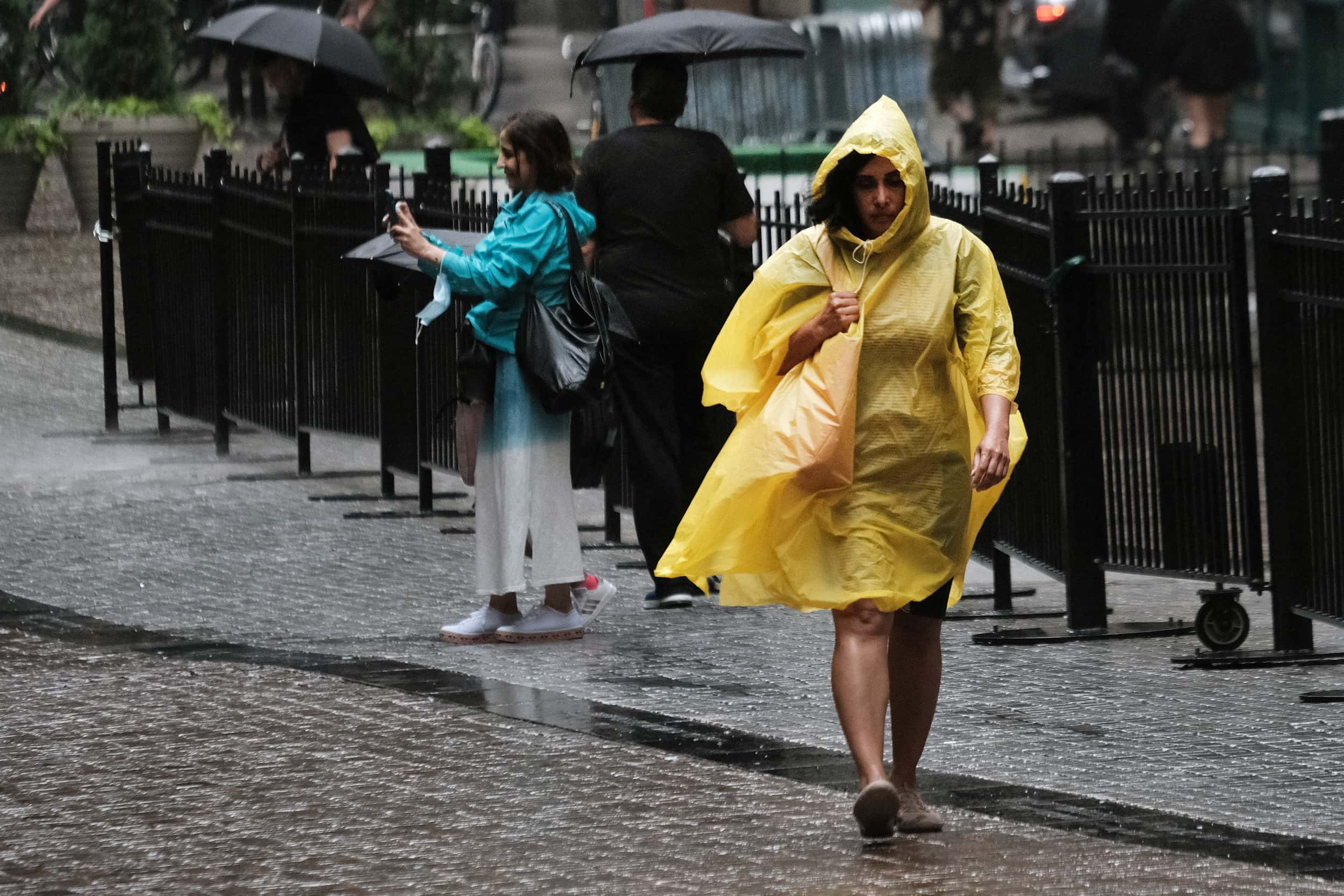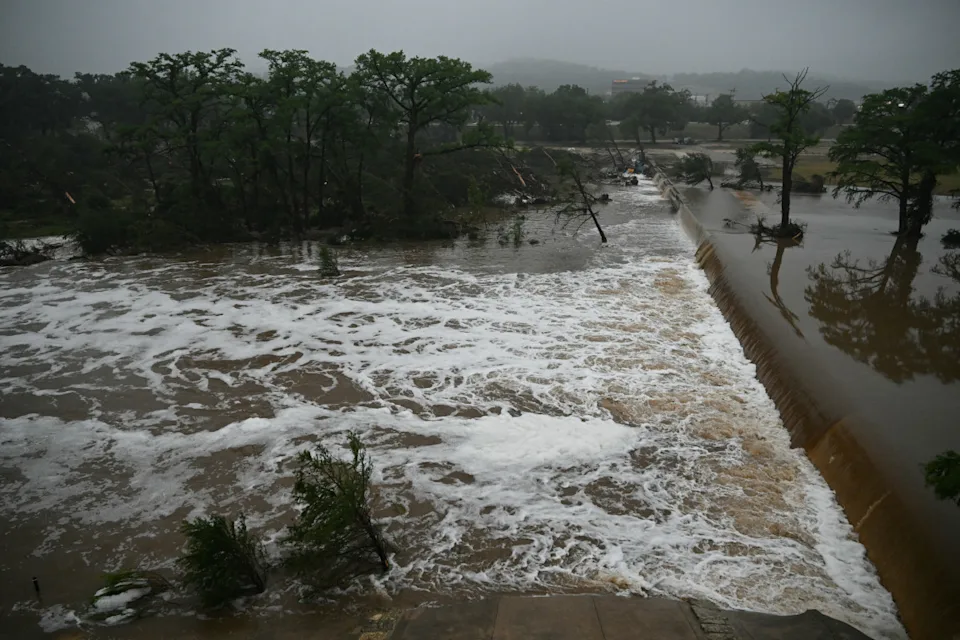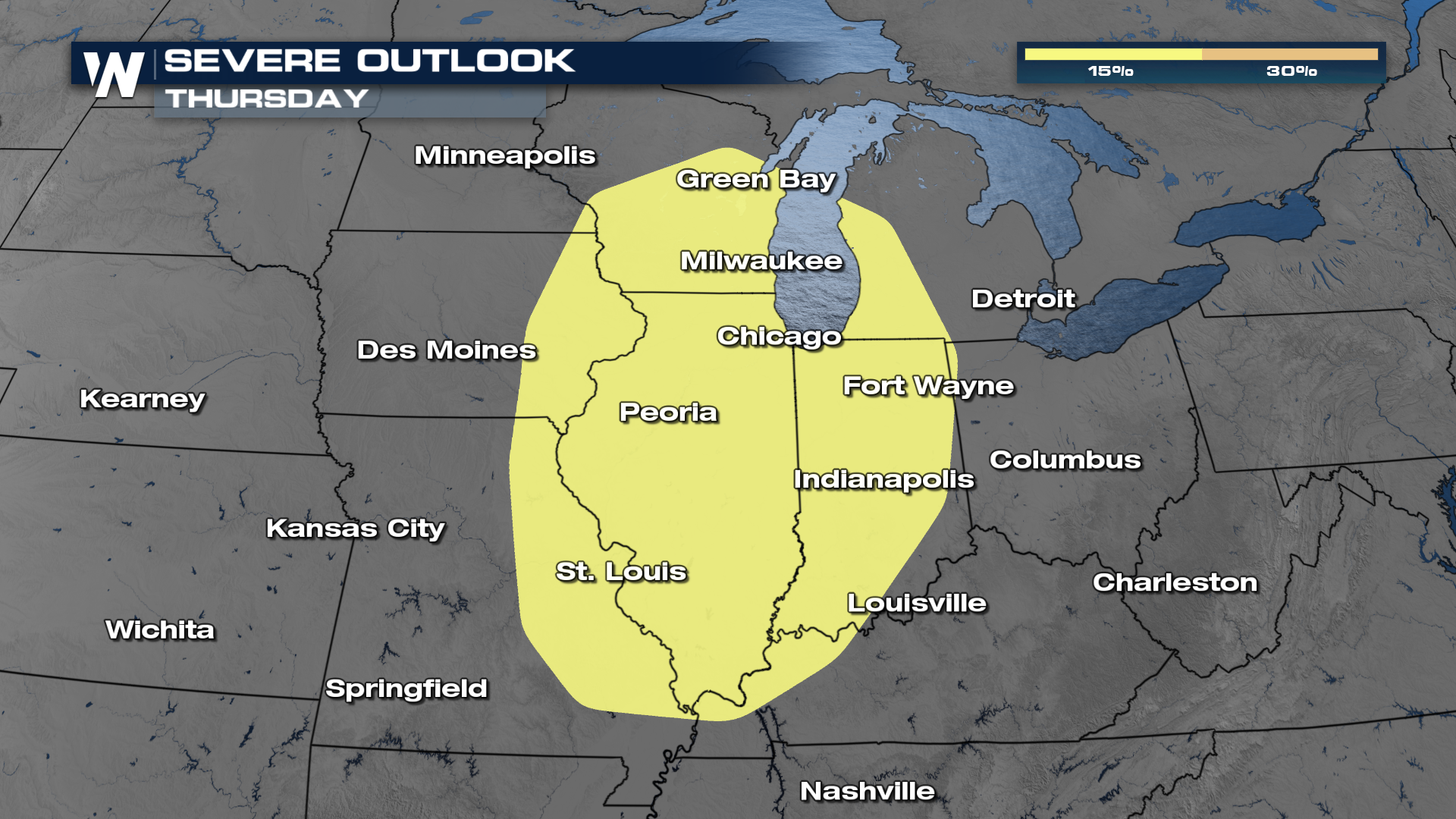The New York flooding was exacerbated by the remnants of Tropical Storm Ophelia, which had already saturated the region.

New York City faced a deluge of torrential rains and severe New York flooding on Friday, leading officials to declare a state of emergency
New York City Mayor Eric Adams emphasized the need for heightened alertness and extreme caution, urging residents to stay home if possible. New York Governor Kathy Hochul warned that travel conditions were perilous and that heavy rain and New York flooding would persist throughout the day, potentially accumulating up to 8 inches of rainfall.
The situation became especially dire at John F. Kennedy International Airport, which recorded its wettest calendar day since 1948, receiving 7.88 inches of rain in just 15 hours, surpassing the previous record. Several rivers in the area also experienced rapid rises in water levels.
New Jersey Governor Phil Murphy declared a state of emergency in response to the severe rainfall, urging residents to stay off the roads. The Saddle River near Lodi, New Jersey, was expected to reach a major flood stage.
The New York flooding impacted businesses and even led to a sea lion briefly escaping from the Central Park Zoo
The Metropolitan Transit Authority reported limited subway service due to the New York flooding, and multiple subway stations were closed. Mayor Hochul declared a state of emergency for New York City, Long Island, and the Hudson Valley, emphasizing the danger of traveling on flooded roads.
The National Weather Service issued flash flood warnings for various areas, and experts noted that the extreme rainfall was compounded by high tides, limiting drainage capacity in coastal locations. While the New York flooding is expected to persist, the forecast suggests clearing skies on Sunday. Scientists have pointed out that the region’s sinking land heightens the flood risk.




